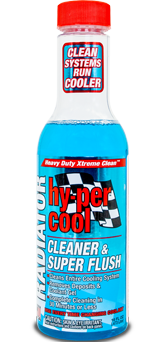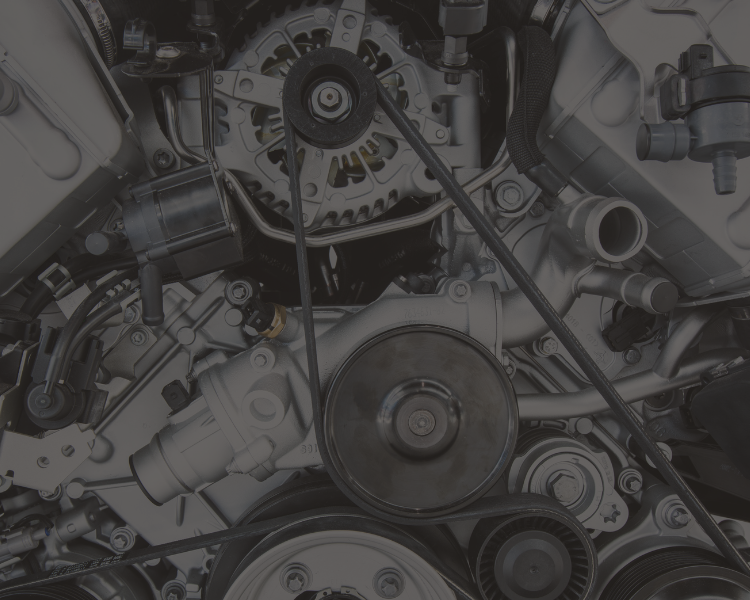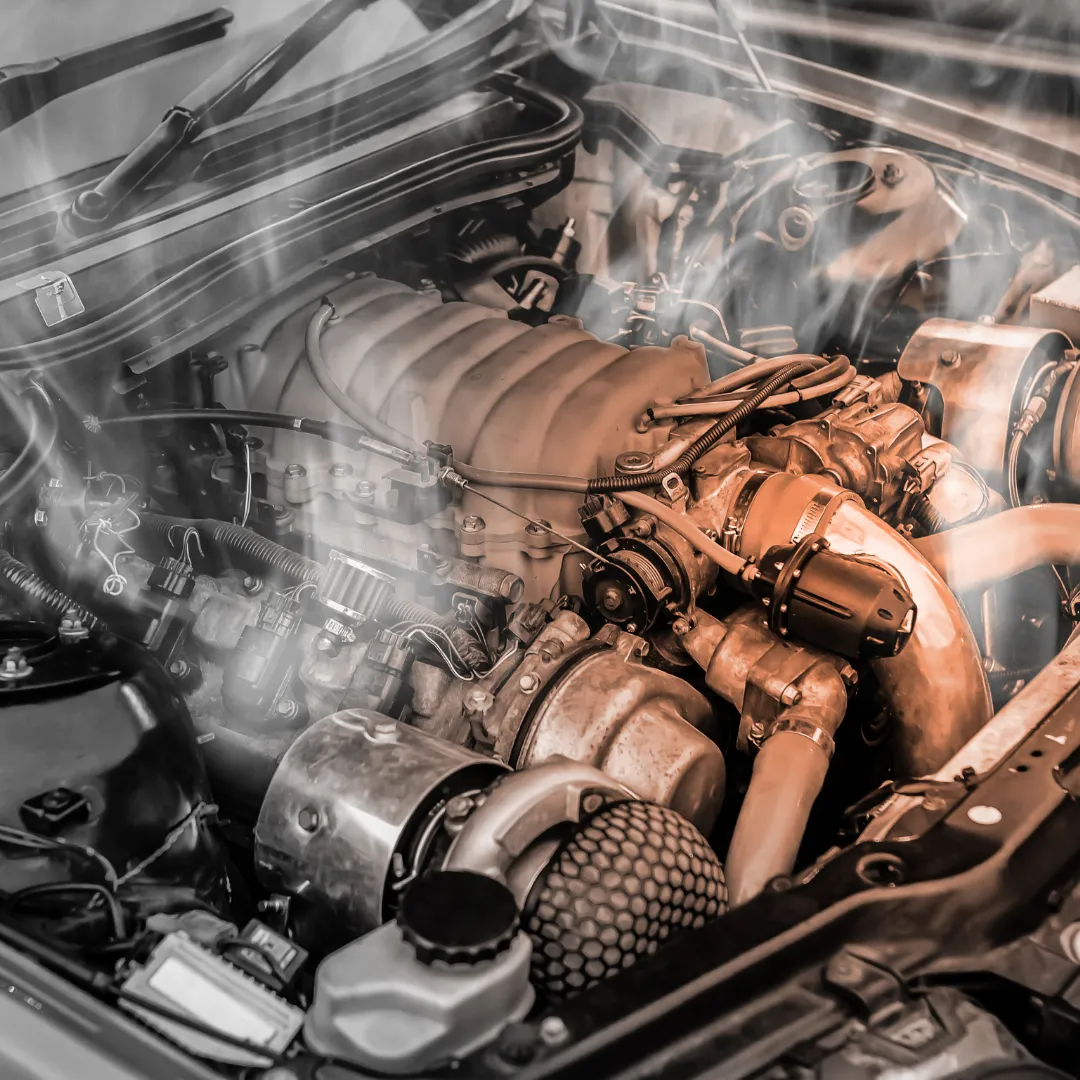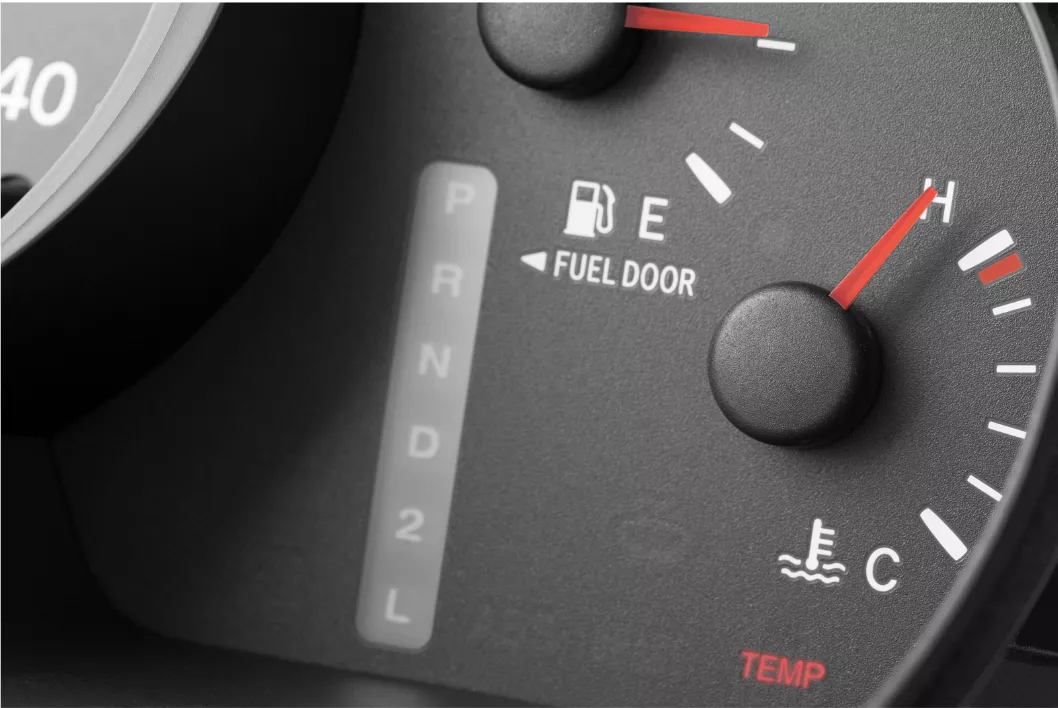Signs You Need a Radiator Flush
If you take your car to the mechanic for scheduled maintenance/tune-ups, you have probably been told that you need a radiator flush. But is flushing the radiator really necessary, or is the service largely unnecessary? What does radiator fluid do, exactly, and when do you need your radiator flushed?
What Does Radiator Fluid Do?
Radiator fluid, better known as coolant or antifreeze, keeps your radiator cool, as you might expect. Car engines run hot, especially in warm weather, and without something to dissipate the excessive heat generated by the engine, your car can overheat and fail very quickly.
What Does a Radiator Flush Do?
While radiator coolant is very important, like most fluids running through a system, it can build up unwanted contaminants and collect debris over time. Over time, your radiator coolant can cause radiator corrosion, generating rust, scaling or other debris that you do not want in your car’s radiator or engine. A coolant flush resolves this problem – it’s basically a blood transfusion for your cooling system. A flush involves forcing several gallons of cleaner, water and new antifreeze through the system to get rid of all the old antifreeze and the contaminants that may have built up in it.
Simply draining the radiator may get rid of most of the old antifreeze but could leave some coolant and contaminants behind, which would then mix with and pollute your new antifreeze and cause overheating. You want a full flush, a forced removal of anything old so you can pave the way for new fluid.
Besides removing the used antifreeze from your radiator, other benefits to flushing your radiator can include removing the rust and scaling that has built up on the radiator as a result of the old coolant, as well as lubricating and lengthening the life of your water pump. Additionally, if you use the right additives during your coolant flush, it can help prevent future leaks, foaming, corrosion and debris build-up.
If you do go to a mechanic for your radiator flush rather than doing it yourself, make sure the mechanic does a full cooling system inspection to find any leaks in the system that may need fixing. If you flush the radiator but ignore any leaks, your engine is likely to overheat again shortly after the flush.
How Do You Know When You Need a Radiator Flush?
Several signs may indicate that it is a good idea to get a radiator flush right away. If your car overheats, for example, it often means that there is either a leak in your coolant system or that the coolant is contaminated in some way. If your coolant level seems relatively full even though your engine has overheated, it is probably a good idea to flush the radiator.
Other signs that an immediate radiator flush is necessary includes coolant leaking underneath your car, grinding or knocking engine noise, visible debris in your coolant and steam or an odd smell rising from your hood.
How Often Should You Perform a Radiator Flush?
Opinions vary on how often you should do your radiator flush. Some experts say every five years, some every three, some annually. Most agree that if you have a new car with less than 10,000 miles on it, there should be no need to do a radiator flush for at least a year. If there are no other signs that you need to flush out your radiator, you should do it at least every 30,000 miles or according to your owner’s manual recommended schedule.
How Do You Do a Radiator Flush?

- Open the radiator cap and coolant reservoir cap.
- Find the radiator drain by consulting the owner’s manual. Place the container you will use to catch the flushed antifreeze underneath the drain.
- Once the container is properly situated, open the drain. Gravity will do the rest, forcing all the antifreeze to flow out into your container.
- Pour in your radiator flush as directed and fill the rest with water to about an inch below the top of the radiator opening. We recommend Hy-per Cool Radiator Cleaner & Super Flush. This is the highest-performing radiator cleaner and flush you can buy — a proven formula that cleans the entire system in 30 minutes or less.
- Close the caps and run the engine for ten minutes or so with the heater on full blast.
- Allow the engine to cool down, then drain the radiator again, refill the system with water and repeat the process.
- Drain the radiator again, and this time add your antifreeze.
Once you finish, be sure to thoroughly clean the area to get rid of any spilled antifreeze, and wash yourself thoroughly to get rid of any coolant or cleaning fluid that may have gotten onto your skin.
What Will Happen If You Don’t Flush Your Radiator?
Is a radiator flush necessary? What happens if you don’t do it? If a mechanic has suggested you flush your radiator because you are experiencing difficulties with your car, such as leaks, steam, rapid overheating or strange odors coming from the hood, then not flushing the radiator will mean you will continue to have these problems and your car’s performance will suffer as a result. If flushing the radiator will solve these problems, it’s much better to do it now than to ignore it and find yourself paying for a much more costly repair later.
If you are just wondering whether or not you can skip the recommended scheduled radiator flush, what you can expect to happen is that corrosion, sediment and other unwanted products will continue to build up in your coolant system. Eventually, this will likely lead to damage to gaskets or other components, meaning leaks, overheating and those other problems that are usually signs that your vehicle requires a radiator flush. It’s much better to do the radiator flush now than after it has started doing damage to your car’s engine.
For more information about Hy-per Cool Radiation Cleaner & Super Flush, contact Hy-per Lube now.




